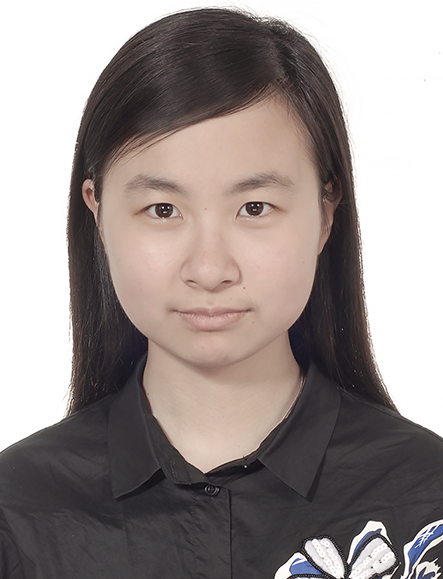
Xinyun Chen
My research interests are deep learning for program synthesis, neural-symbolic reasoning, and adversarial machine learning. The goals of my research are to push forward the reasoning and generalization capabilities of neural networks, and empower more real-world deployment of deep learning techniques for challenging and security-critical applications.
More information can be found in my Google Scholar page and personal website.
Research Areas
Authored Publications
Sort By
Google
LEGO: Latent Execution-Guided Reasoning for Multi-Hop Question Answering on Knowledge Graphs
Hongyu Ren
Hanjun Dai
Michihiro Yasunaga
Haitian Sun
Jure Leskovec
ICML 2021
SpreadsheetCoder: Formula Prediction from Semi-structured Context
Rishabh Singh
Hanjun Dai
Proceedings of the 38th International Conference on Machine Learning (ICML) (2021)
